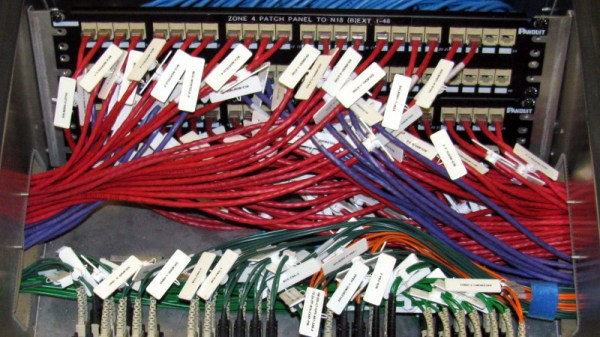Great Scott! If my calculations are correct, when this baby hits 88 miles per hour, you’re gonna see some serious shit. — Doc Brown
On this day, forty years ago, July 3rd, 1985 the movie Back to the Future was released. While not as fundamental as Hackers or realistic as Sneakers, this movie worked its way into our pantheon. We thought it would be appropriate to commemorate this element of hacker culture on this day, its forty year anniversary.
If you just never got around to watching it, or if it has been a few decades since you did, then you might not recall that the movie is set in two periods. It opens in 1985 and then goes back to 1955. Most of the movie is set in 1955 with Marty trying to get back to 1985 — “back to the future”. The movie celebrates the advanced technology and fashions of 1985 and is all about how silly the technology and fashions of 1955 are as compared with the advancements of 1985. But now it’s the far future, the year 2025, and we thought we might take a look at some of the technology that was enchanting in 1985 but that turned out to be obsolete in “the future”, forty years on. Continue reading “Back To The Future, 40 Years Old, Looks Like The Past”


















